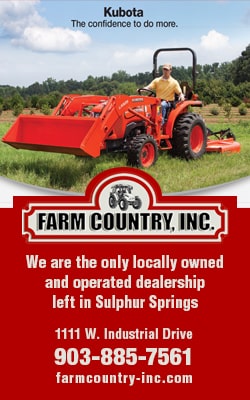August 15, 2025 – You can buy fertilizer based on name, most colorful & biggest package, cheapest price, or content, but purchase should be made on content, so let’s reexamine what’s in the bag. It’s often said a 3-1-2 or 4-1-2 fertilizer is a complete fertilizer, meaning 30% or 40% of the content is Nitrogen, 10% is Phosphorus (actually Phosphate (P2O5)), and 20% is Potassium (actually potash (K2)). OK, so what? Well, these elements are considered macronutrients, since a plant requires more of them than other elements.
All three elements are found throughout the plant. Nitrogen aids plant growth ABOVE ground. It’s seldom wise to buy fertilizer containing only Nitrogen, as it will green up the plant and spur growth above ground without providing corresponding root support, thereby throwing the plant into severe stress. Phosphorus especially helps the plant roots. Potassium is essential for plant metabolism. If the bag has the desired contents, there’s no harm in checking prices! Soil deficiencies may require deviating from the 3-1-2 ratio.
Well, 30-10-20 only equals 60%. What’s the other 40%? If there are no ingredients such as Iron, Calcium, Sulfur or other elements, then the remaining 40% is dead filler to help spread the fertilizer evenly, while avoiding burning the plants due to over application.
Should the fertilizer be organic or synthetic? Either will work. While plants have to convert organic fertilizer to synthetic before it can be used by the plant, the conversions occurs at a speed whether the plant can utilize the elements as they come available. Should the fertilizer be slow or fast release? If the plant is under severe distress, a light application of fast release fertilizer may be called for. In most cases, however, slow release is better. Plants can use much more of the fertilizer, as less is lost to leaching.






